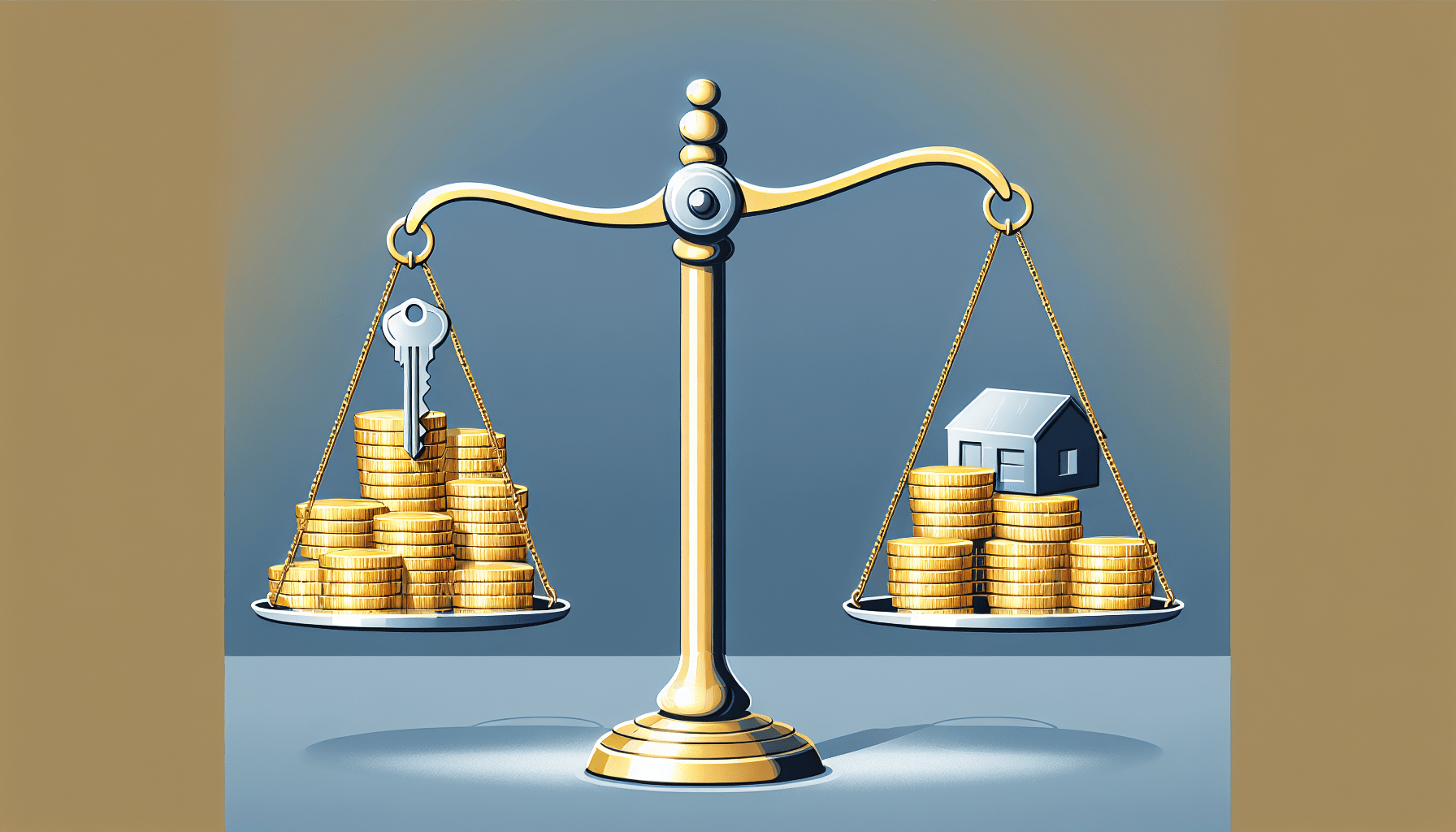When it comes to determining how much you can comfortably afford as a monthly mortgage payment, it’s essential to consider your budget and debt-to-income ratio. Factors such as your income, existing debts, and expenses all play a crucial role in determining the amount you can comfortably allocate towards your mortgage. By carefully evaluating your financial situation and setting a realistic budget, you can ensure that your mortgage payment aligns with your financial goals and priorities. With the help of Bad Credit Loan, individuals can access tailored home loans that suit their unique circumstances, empowering them to pursue homeownership with confidence and peace of mind.
How Much Can You Comfortably Afford As A Monthly Mortgage Payment?
When considering purchasing a home, one of the most critical factors to consider is how much you can comfortably afford to pay each month towards your mortgage. This decision involves careful budgeting and taking into account your debt-to-income ratio. By understanding these considerations, you can make an informed decision that aligns with your financial goals and lifestyle.
Budgeting for Your Monthly Mortgage Payment
Budgeting plays a significant role in determining how much you can comfortably afford as a monthly mortgage payment. Before you even start looking at homes, it’s essential to assess your current financial situation and set a realistic budget. Consider your income, expenses, savings, and financial goals to determine how much you can allocate towards your mortgage each month.
Analyzing Your Debt-to-Income Ratio
Your debt-to-income ratio is another crucial factor to consider when determining how much you can afford to pay towards your mortgage each month. This ratio compares your monthly debt payments to your gross monthly income, providing lenders with insight into your ability to manage additional debt. A lower debt-to-income ratio indicates that you have more disposable income to put towards your mortgage payment.
Understanding Debt-to-Income Ratio Calculation
To calculate your debt-to-income ratio, add up all your monthly debt payments, including credit cards, student loans, car payments, and any other outstanding debt. Then divide this total by your gross monthly income (before taxes) and multiply by 100 to get a percentage. Lenders typically look for a debt-to-income ratio of 43% or lower, with some flexibility depending on the lender and loan type.
Determining an Affordable Monthly Mortgage Payment
Once you have a clear understanding of your budget and debt-to-income ratio, you can start to determine an affordable monthly mortgage payment. Ideally, your total housing expenses, including mortgage, property taxes, insurance, and any homeowner association fees, should not exceed 28% of your gross monthly income. Additionally, your total debt payments, including your mortgage, should not surpass 36% of your gross monthly income.
Calculating Affordability Using the 28/36 Rule
The 28/36 rule is a helpful guideline to determine how much you can afford to pay towards your mortgage each month. According to this rule, housing expenses should not exceed 28% of your gross monthly income, while total debt payments should not go over 36% of your gross monthly income. By following this rule, you can ensure that your mortgage payment remains within a manageable range that aligns with your financial situation.
Factors Impacting Your Mortgage Affordability
Several factors can impact how much you can comfortably afford to pay towards your mortgage each month. These factors include your credit score, down payment amount, interest rate, loan term, and additional debts. By considering these variables, you can make a more accurate assessment of your affordability and choose a mortgage that fits your financial goals.
Improving Your Affordability Through Financial Planning
If you find that your desired monthly mortgage payment exceeds what you can comfortably afford based on your budget and debt-to-income ratio, consider ways to improve your affordability through financial planning. This may include paying off existing debts, increasing your income, saving for a larger down payment, or improving your credit score to secure a more favorable interest rate.
By taking proactive steps to enhance your financial well-being, you can increase your purchasing power and achieve your homeownership goals without compromising your financial stability.
Benefits of Working with a Lender Specializing in Tailored Solutions
When navigating the process of securing a mortgage, working with a lender specializing in tailored solutions can provide you with additional support and guidance. These lenders understand the challenges faced by individuals with diverse credit backgrounds and can offer personalized loan options that align with your financial circumstances. By leveraging their expertise and resources, you can access the housing you deserve while building a strong financial foundation for the future.
Conclusion
Determining how much you can comfortably afford as a monthly mortgage payment involves careful consideration of your budget, debt-to-income ratio, and overall financial goals. By following key guidelines such as the 28/36 rule and working with a lender specializing in tailored solutions, you can make an informed decision that supports your homeownership aspirations while maintaining financial stability. Remember that responsible borrowing practices and diligent repayment are essential for long-term financial success as a homeowner.



